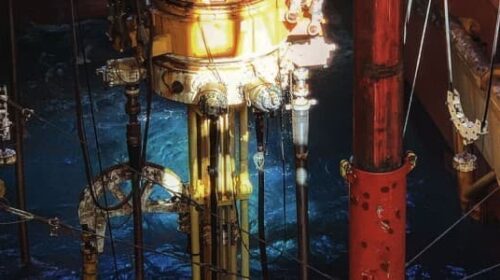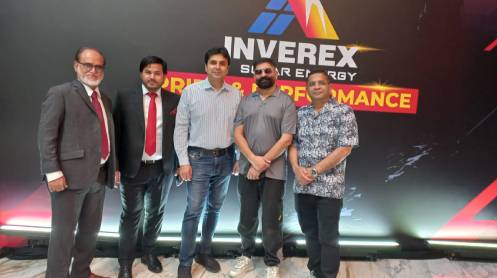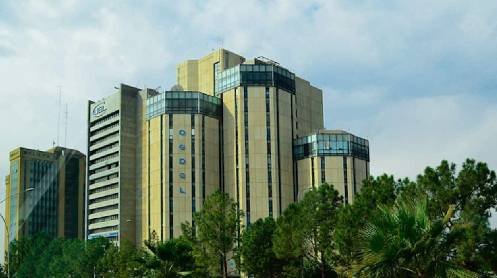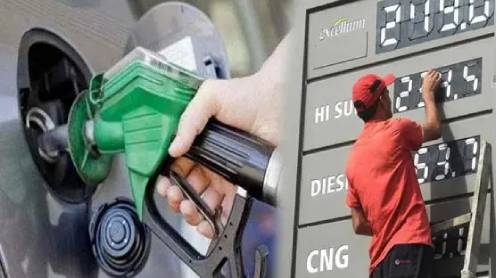Demand for offshore rigs for overseas drilling has soared this year even as U.S. oil-rig growth has plateaued. According to Baker Hughes, there are now 622 oil rigs operating in the U.S., down from the 683 in operation in March of 2020 at the onset of the pandemic and unchanged from six weeks ago. This has caused day rates to skyrocket and the stocks of drilling contractors to soar with Transocean Ltd. (NYSE: RIG) up 49.7% in the year-to-date; Valaris Ltd. (NYSE: VAL) has rocketed 75.1% while Noble Corp. Plc (NYSE: NE) has gained 45.1%. In sharp contrast, demand for offshore rigs is sizzling, with S&P Global reporting that day rates recently topped $400,000, up from $300,000 in June and less than $200,000 two years ago.
James West, senior managing director at Evercore, has outlined three key reasons for these developments:
- U.S. oil majors Exxon Mobil (NYSE: XOM), Chevron (NYSE: CVX) and ConocoPhillips (NYSE: COP) have already secured the rigs they need in the country while their private rivals are showing little appetite for expansion due to budget constraints and lower oil prices.
- These oil majors are also moving more of their drilling offshore and overseas because U.S. shale opportunities are now limited with all prime acreage already taken up.
- National oil companies (NOCs) including those in Saudi Arabia, Abu Dhabi and Kuwait are currently expanding offshore production as they look to claw back market share from the majors who have lately been more focused on returning excess cash to shareholders in the form of dividends and share buybacks rather than expanding production.
Energy Crisis Sparks Mad Dash For Floating LNG Terminals
In the natural gas sector, demand for LNG floating storage and regasification units (LNG-FSRUs) has increased sharply this year, with Europe facing an energy supply squeeze as Russia has progressively cut pipeline gas flows.
Related: One Of The Biggest Challenges With Lithium Ion Batteries
Demand for LNG imports has intensified after the ruptures on the key Nord Stream pipeline system quashed any prospect of Russia turning its gas taps back on. This has forced dozens of countries in Europe to turn to FSRUs or floating LNG terminals, which are essentially mobile terminals that unload the super-chilled fuel and pipe it into onshore networks.
Currently, there are 48 FSRUs in operation globally, with Rystad Energy revealing that all but six of them are locked into term charters.
According to energy think-tank Ember, the EU has lined up plans for as many as 19 new FSRU projects at an estimated cost of €9.5bn.
The biggest beneficiaries are Korean shipbuilding, for whom FSRUs are a major revenue-generator. Korea is the definitive world leader in this field. According to local media, Korean shipbuilders managed to book 46% more orders so far, YoY. And the government’s goal is for the country to grab 75% of the market share by 2030.
The setup couldn’t be better. With the supply of these vessels so tight, the cost of charters into Germany has doubled year-on-year to $200,000 a day.
“Last year there was a surplus of FSRUs and this year there is a deficit. Up until now there have been sufficient vessels in the market, but as most have now been taken, it’s becoming more challenging,” Per Christian Fett, the global head of LNG at shipbrokers Fearnley LNG in Oslo, has told Bloomberg.
Texas-based Excelerate Energy Inc. is sending three FSRUs to Europe with combined throughput capacity to import 15 billion cubic meters of gas, or about 10% of the pipeline and LNG imports from Russia in 2021. Demand for the terminals in Europe is so strong that it could make it less affordable for emerging nations to use FSRUs for their own needs. “The risk is real that underutilized facilities in other regions of the world could be relocated to Europe, existing charter terms permitting,” Kaushal Ramesh, a senior analyst at consultant Rystad Energy, has said.
The Netherlands has taken its first delivery of LNG at a new terminal, boosting Europe’s efforts to wean itself off Russian gas. Previously, the Netherlands could only import LNG through Rotterdam; however, that has changed with the commissioning of two FSRUs, the Golar Igloo and Eemshaven LNG, moored in Eemshaven. The FSRU project was completed in record time Please use the sharing tools found via the share button at the top or side of articles. With the pair of floating ships now supplying gas to the landlocked Czech Republic and Germany.
“The arrival of the new LNG terminal is an important step not only for the Netherlands, but for the whole of Europe to completely phase out the dependence on energy from Russia as quickly as possible,” Rob Jetten, Dutch minister for climate and energy, has declared. FRSUs offer the quickest and most efficient way for Europe to end its reliance on the pipelines that bring in large quantities of natural gas from Russia.





